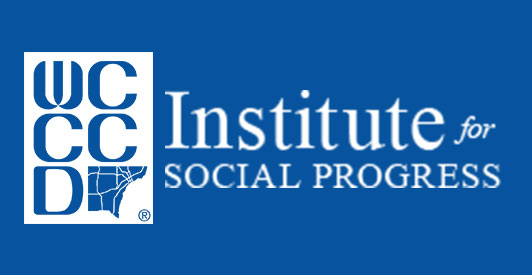New Report by the Century Foundation Highlights Efforts of U.S. Public Schools
Posted On April 28, 2016

Recent research by the Century Foundation has identified potentially promising efforts across a small but growing number of public school districts and charters seeking to implement socioeconomic and racial integration in response to the now more than three decade cycle of racial resegregation afflicting U.S. schools and driving racial segregation amongst students to levels of the 1970s. This dynamic of racial resegregation in U.S. schools has been identified by leading educational scholars as the major crisis affecting the present and future of public education and has been directly linked to historic levels of racial economic inequality as well. Moreover, recent court decisions during the last several decades highly limiting the abilities of school districts to pursue integration have further exacerbated dynamics of racial resegregation, which further underscores the importance of these new efforts to promote socioeconomic and racial integration in both policy and institutional applications.
The Century Foundation Report, titled, “A New Wave of School Integration” reflects broader and historic efforts on the federal level via the U.S. Dept. of Education to develop viable and effective plans to promote voluntary integration programs in school districts that are locked in and/or confronting destructive cycles of racial segregation that continue to sustain significant levels of economic inequality and social divisions in communities across the U.S. This recent change in U.S. education policy, the first of its kind in nearly four decades, has been promoted by new U.S. Secretary of Education, John B. King, and has been widely endorsed by leading educators and related university/college entities, including the National Coalition on School Diversity (of which the Institute for Social Progress is a member), across the nation whose wide body of scholarship has proven a definitive link between the academic benefits for all students in racially diverse schools.
Key findings of the report include:
- Since 1996 the number of school districts employing socioeconomic integartion has risen from a mere two districts to 91 districts in 2015.
- These 91 districts enroll over 4 million students and span across 32 states.
- The majority of these 91 districts have achieved meaningful levels of racial and economic diversity.
- The districts have employed integration strategies that can be effectively applied to districts across the nation using, for example, attendance zones, choice policies, magnet schools, and charter and transfer policies.
Though recent research via the UCLA Civil Rights Project and other educational scholarship has demonstrated that in many states charter schools have actually increased levels of racial segregation, the Century Foundation report does identify potentially promising developments by which charter schools, if effectively oriented, can play a beneficial role in promoting integration and economic and educational equality.
View the full report at: https://tcf.org/content/report/a-new-wave-of-school-integration/

